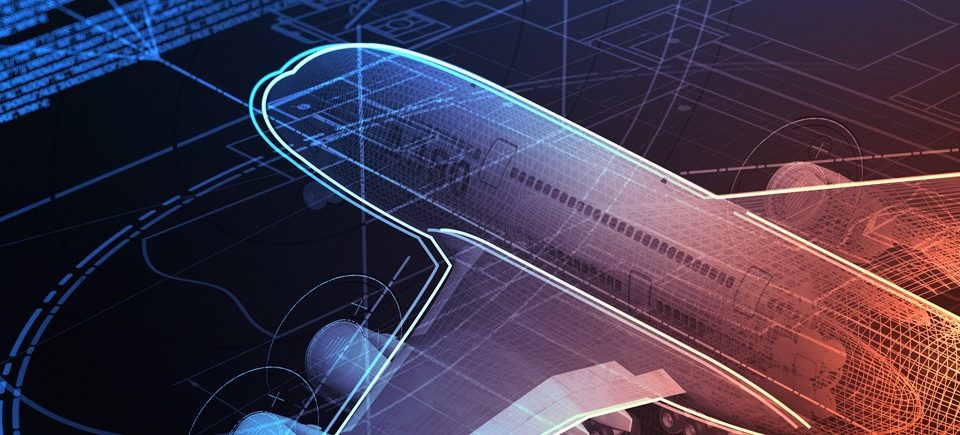What next for Uber with data?

How Uber Depends on Data Analytics to Deliver Extreme Customer Service – Face To Face With Uber’s Chief Data Architect
January 13, 2017
What does it take to be data scientist at Uber
May 2, 2017There’s almost no one left in the world, except those perhaps residing in the farthest corners of the earth, who has not yet heard of Uber and the Uber business model.
BigInsights Principal Raj Dalal met up with Uber’s Chief Data Architect M C Srivas on a recent visit to San Francisco, where, in the course of the hour-long conversation, Srivas spoke of what data analytics meant for Uber, and how data innovation was being used to further, what is now popularly known around the world as “the Uber model.”
In the first part of this three-part series, we had looked at how data analytics was the key to Uber’s success.
In this, second part, we now look at Uber’s future plans based on data analytics.
Raj:
As chief data architect here at Uber what are some breakthroughs you hope to make to take Uber to the next phase?
Srivas:
Unlike Google or Facebook or Twitter, every bit of Uber's data is actually a monetary transaction. There’s livelihood getting that exactly right. At Uber, every piece of data is impacting somebody's pocket. So the need for quality is much higher than that of any standard website. So that's a whole different set of challenges.

The second part of it is that it’s no longer a standard analytics that most companies have - either weekly report or daily report or something like that. In fact, we have instant pricing, and that impacted pricing directly affects the bottom line on how people are charged. That's a very different (proposition), in fact first of its kind.
Based on demand, the pricing changes, and even the volume, like that of airlines pricing.
So, we have dynamic pricing, dynamic demand and dynamic supply....dynamic everything. And that's only partially controlled, in fact we don't control it all. The only thing we have in our hand is pricing and money flow, that's it. We don't control any of the drivers, we don't control any of the passengers. They're happy to switch their app on anytime. So, it's not like UBER own the plane like an airline does. It's a bigger challenge that way.
Raj:
Obviously Uber’s made its name from this extreme customer service where information about the taxis arriving and estimated price and all that stuff. Is there some deeper level of new innovation you're seeing in that sort of service...what should we be expecting in the next one or two years?
Srivas:
The biggest bet Uber has made is on autonomous vehicle- the self driving cars. And that’s a big one, because really, it’s just like at the edge of living...... If you have the money you can dream the big wish.. and Uber is pretty good in that way, very visionary.
The challenges of self driving cars are tremendous. At some point, that's how transportation should be, if you can think of a car pulling in and so on or even know deliveries or you need better math and better road, you need better sensors, you need better sense of car and so on, but it will really, really solve the urban congestion… you can pack cars closer. You can carpool better, a self driving car has no problem driving and dropping off people. But it’s all still so very far away. True self-driving car are probably more like 5 to 6 more years away.
But a lot of things, I think will be reduced - accidents to a huge degree. Car mishaps is the number one killer in the United States, probably everywhere else in the world.
Raj:
With this platform that you guys building, autonomous driving is 5 years away to becoming a reality. Do you see the platform you use for moving... logistics, for example?
Srivas:
That's already happening in the US - Walmart and a few other stores, they have a product called Uber Rush. It is a delivery service that other users can use, and it can be used for courier service or delivery and so on. Walmart is using that for delivering internet orders.
It's very scalable. You always can find Uber driver in any city. Think of a use, and we can do then, for a fraction of the cost as compared to UPS or FedEx, send their delivery.
Think about it. You have more documents to be sent back and forth to different people in the same city, say between your lawyer and you. We can do that a fraction of a price. It's a huge savings for people. Uber Rush is already there. Now Uber wants to turn it into full delivery.
Uber Eats is a service that Uber launched about the beginning of this year (2016) in March. It has two forms. One is during the lunch hours during work, in most urban areas they try to offer lunch during lunch hour. Every restaurant’s waiting time is like 25 minutes.. The way Uber Eats works is you pick up your app and say you want a meal delivered in my office. Usually, there's like 3 set of items in the menu and everyday these items change, and are delivered to you in 3 minutes.
Raj:Wow
Srivas:Literally, your order is done in 3 minutes. It's faster than anything you can get, faster than standing in line for a hamburger.
In Part 3 of the Uber series we will look at what it takes to be a Data Scientist at Uber.





